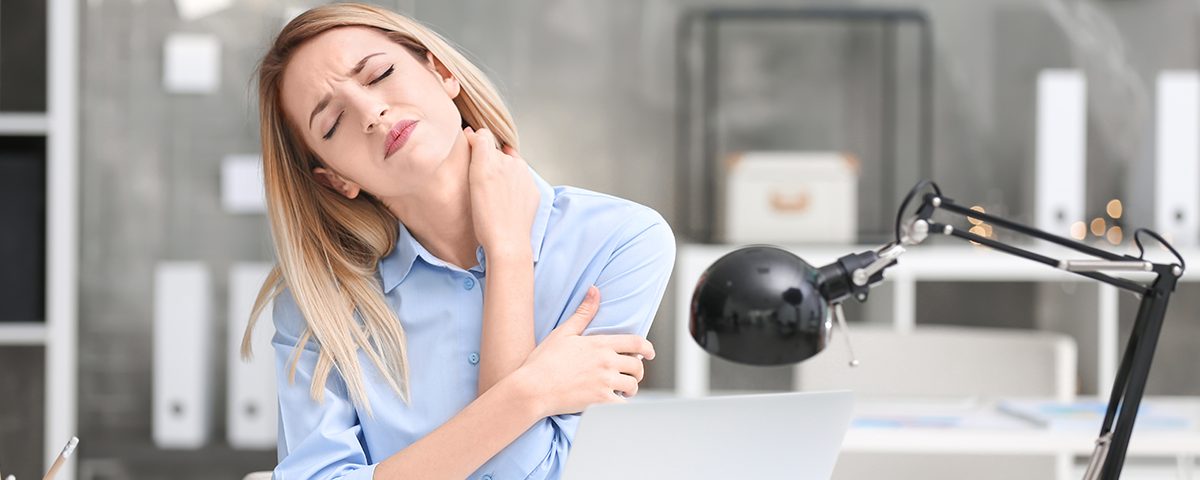
Reorganizing and Integrating After a Car Accident
January 4, 2022
A Tale of Three Tables
January 25, 2022The Body is Dynamic and Needs to be Treated Accordingly

Terry is a highly energetic young mother of a highly active 5 year old. She is married and has a fairly high stress job. She is the quintessential go getter and the one who is 5 steps ahead of you, before the starter’s gun is fired.
She doesn’t always “feel herself”, so her steady state is go, go, go. And her posture looks like she is leaning backwards, but it really is because the muscles of her back are in a state of chronic contraction.
Unfortunately, she can’t relax. In fact, when I informed her that Epsom salt baths would be beneficial to her nervous system, she made a face as if I asked her to drink vinegar.
When I asked her to give me an assessment of her internal state, she simply said Pain. I told her pain is one end of the spectrum of sensation, and pleasure is at the opposite end. In between there is a host of sensations, one can feel.
She stuck with pain.
Her complaint that particular day was extreme pain in her neck and shoulders. When I rested my hands on top of her shoulders, I discovered an inordinate amount of tension there, as if the shoulders were hiked up in a habitual way, pressing against my hands.
As I moved to palpate her cranium, I sensed a buzzing throughout her head. Taking different cranial holds and positions, I could perceive a lack of movement at various skull bones and junctures in her head.
When I do Cranial, I am feeling for strain in the dural membranes – the outermost layer of the spinal membranes that cover the spinal cord and invest the skull. Cranial bones are supposed to move, unlike what they teach in medical school. Even Italian anatomists used to teach that they move.
The cranial bones register the tension that is held in the membranes, which affect the fluctuations of the cerebrospinal fluid (CSF) at a deeper level. The inherent fluctuations of the CSF is at the core of “Primary Respiration” – the discovery osteopath William Sutherland, D.O. made over 100 years ago. That said, the bones of the head are not fixed but “breathe” in a rhythmic tidal motion that governs the Life Force of the body.
This in turn controls the physiology of all the Systems in the body – your Digestive, Immune, Musculoskeletal, and Endocrine Systems – which all coordinate with this breathing of the Nervous System; hence the name Primary Respiration.
No movement, or very restricted movement, in Primary Respiration equals pain and dysfunction somewhere in the body and mind. If the Nervous System can’t “Breathe” within its core, the whole energetic movement and communication within the body is interrupted. Cells and tissues literally don’t know what to do. Picture a young infant or dog and watch as its whole body breathes rhythmically in and out.
At the end of the session, when Terry sat up and came to standing, she felt very different. She felt balanced over her feet, not leaning backward or bending forward. She stood upright in a relaxed manner, with no effort.
Her pain was gone!
A very specific upper cervical adjustment with the Activator instrument and another non-force adjustment to her Sternoclavicular joint sealed the session.
She got off the table, felt planted and rooted, as if all the tension she had been carrying in her shoulders, head and neck had just dropped.
As she smiled and said goodbye, she also said ,”you always do something different.”
A good thing, because the body is dynamic and needs to be treated accordingly.


